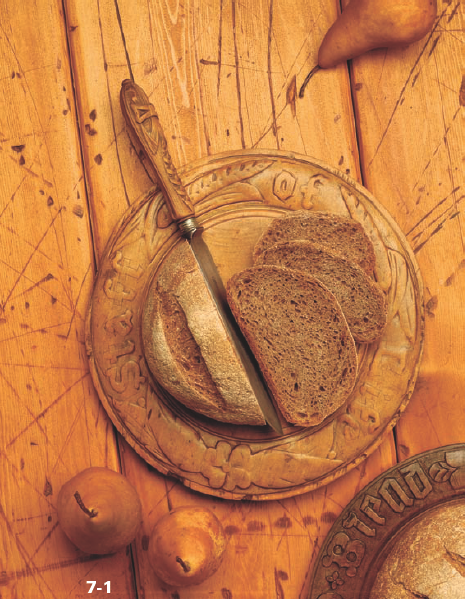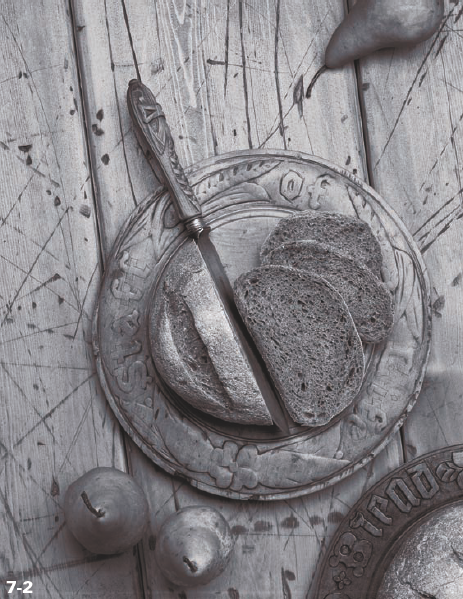Chapter 7. THINKING IN BLACK AND WHITE
THE ZONE SYSTEM
METERING AND EXPOSING FOR BLACK ANDWHITE
WORKING WITH CONTRAST FILTERS
As mesmerizing as color can be, color can overpower a photograph, muddling its meaning. If you feel that your photograph's message lies in its content or design rather than in the harmonious arrangement of color, you might decide while comosing the image to shoot it in black and white; the lack of color naturally emphasizes your picture's content (see 7-1 and 7-2 to compare the same image in color and black and white).
Note
New York City's Museum of Modern Art — the first museum in the world to boast a photography department — originally exhibited only black-and-white photographs in one-person shows. Indeed, it wasn't until 1976, with William Eggleston, that the museum produced a one-person show containing only color images. This event effectively ended black and white's dominance of fine-art photography; today, galleries and museums exhibit both types of images.

Figure 7-1. figure 7-1 was planned as a monochromatic color image, thinking the color of the pears would pleasantly match the tones of the antique breadboards and pine table top (150mm, ISO 100, f/45 at 1/60 second). However, I decided to shoot in black and white as.

Figure 7-2. I like the textural components ...
Get Composition Photo Workshop now with the O’Reilly learning platform.
O’Reilly members experience books, live events, courses curated by job role, and more from O’Reilly and nearly 200 top publishers.

